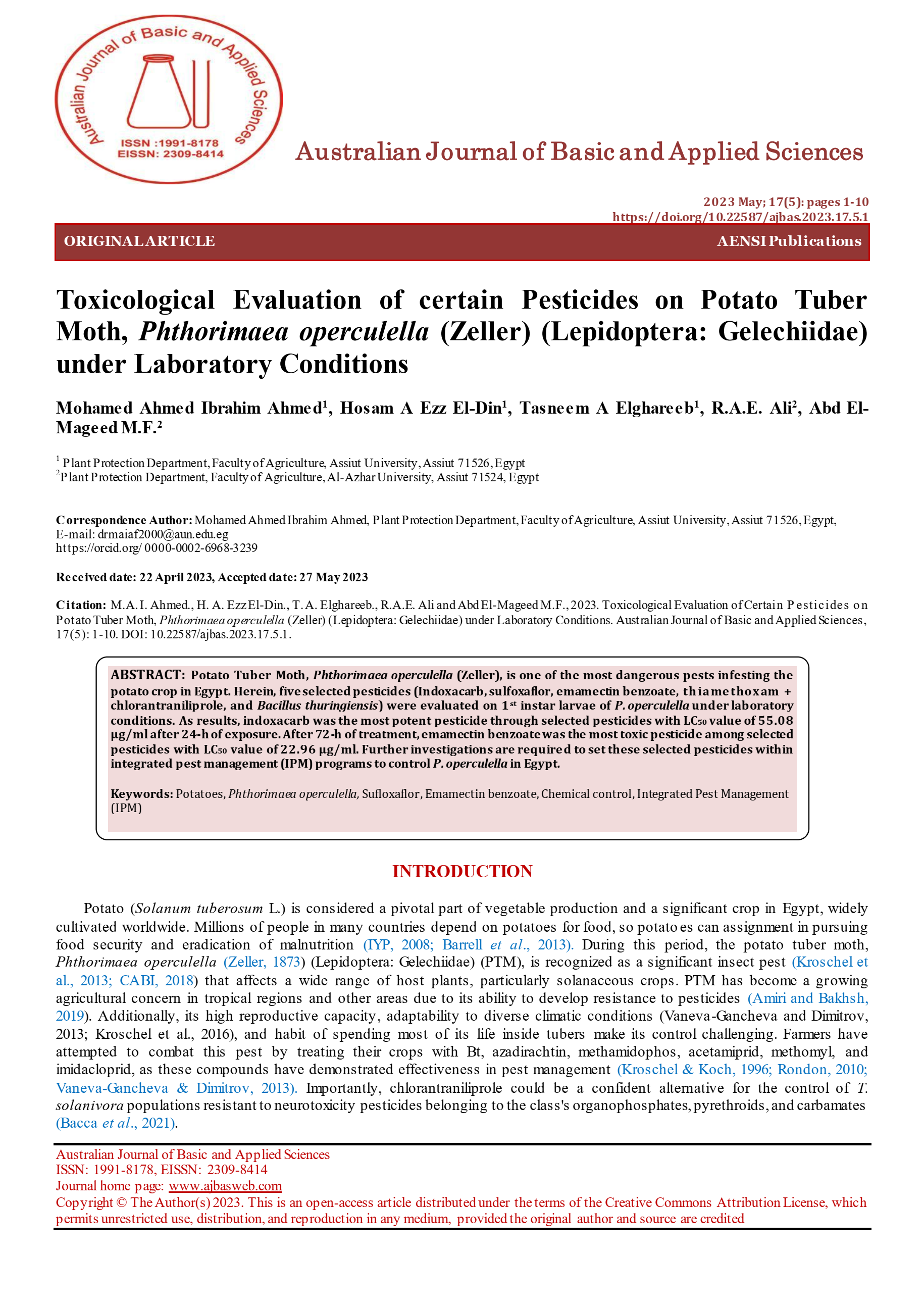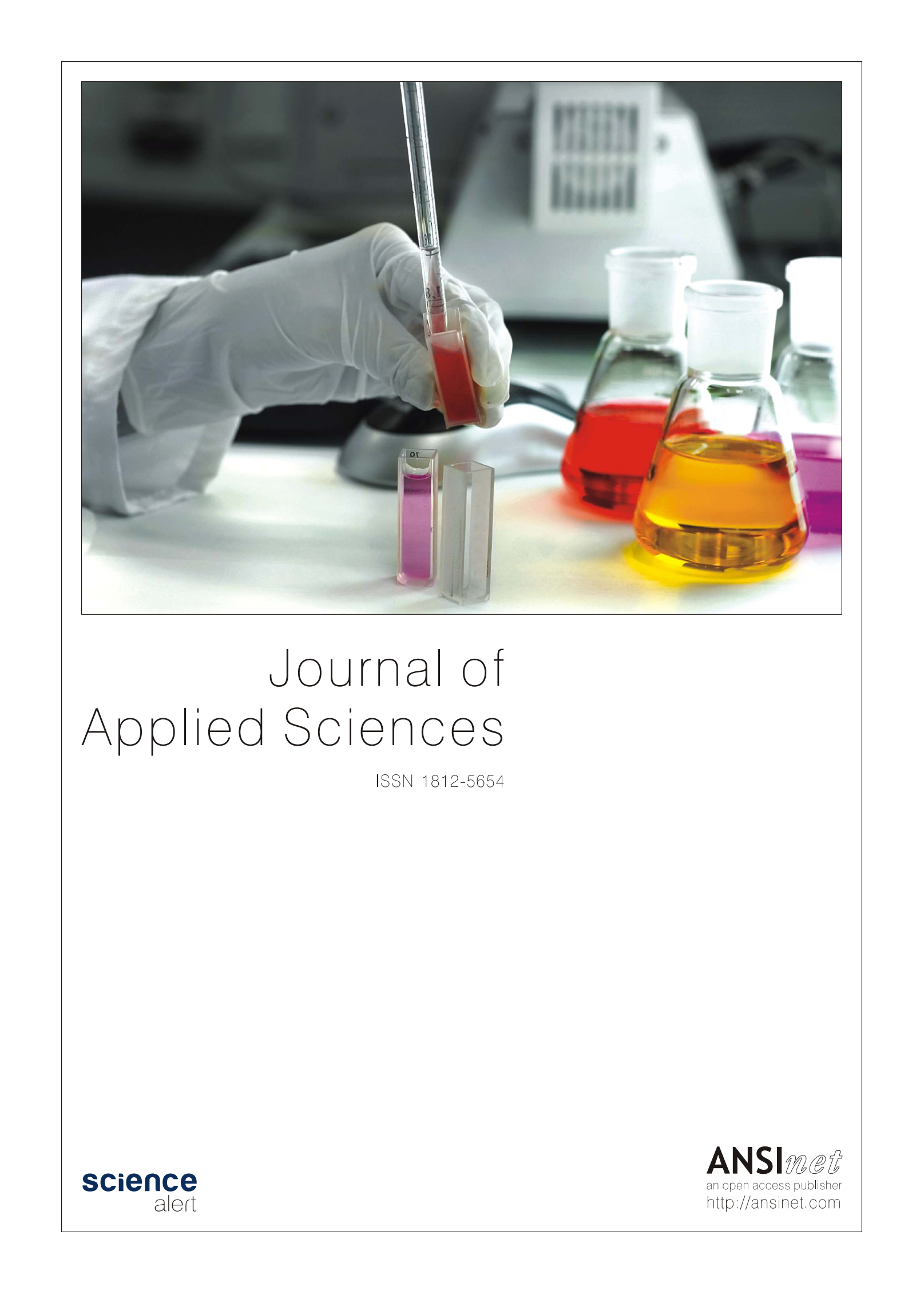Seasonal Abundance of Forensic Insects Encountered on Rabbit Cadavers in Assiut Governorate Egypt
Forensic entomology is considered the science that applies insect biology to criminal investigations, using insects and other arthropods to uncover the circumstances of criminal cases. Herein, we recorded the seasonal abundance of forensic insects encountered on rabbits’ cadavers during four seasons (2021-2022) in Egypt under Assiut conditions. As a result, numerous forensic insects were attracted to cadavers during the four seasons (2021-2022). Plus, ten adult insects were observed belonging to seven families under two orders, Coleoptera and Diptera. Four coleopteran insects belonging to 4 families were monitored, “i.e.” Carabidae (Harpalus rufipes), Histeridae (Saprinus blanchei), Staphylinidiae (Creophillus maxillosus), Dermestidae (Dermestes frischii). Six dipteran insects belonging to 3 families were determined, namely Calliphoridae (Calliphora vicine, Lucilia sericata, Chrysomya refifacies, and Chrysomya albiceps), Muscidae (Musca domestica), and Sarcophagidae (Sarcophaga carnaria). Also, the taxon of order Diptera emerged early from day one immediately after death on cadavers followed by the taxon of order Coleoptera that popped up lately. This study sheds light on forensic entomology science which is considered very limited in Egypt. In addition, an investigation must be carried out to benefit from this study, which will help us to remove confusion in critical issues in the future.
 Do you have any questions?
Do you have any questions? 






